Placemaking Postcards is a blog series from the Bass Center for Transformative Placemaking at Brookings where policymakers and practitioners guest-author promising placemaking efforts from across the U.S. and abroad that foster connected, vibrant, and inclusive communities. In line with the principle tenets of placemaking, the goal of the series is to recognize the community as the expert, highlight voices from the field, and to create a community of learning and practice around transformative placemaking.
The “Rebirth of 1800 St. Bernard” took place last year on a chilly December day by New Orleans standards. Attendees wore protective masks and socially distanced—a difficult feat with at least 100 people present. That day represented more than a groundbreaking for residents of New Orleans’ Seventh Ward; it promised the revival of a community anchor in the majority-Black neighborhood that had been decimated by Hurricane Katrina more than 15 years prior.
At the center of this rebirth was the Vaucresson Sausage Company: a small business on St. Bernard Avenue founded by a Black family in New Orleans 120 years ago. Vaucresson Sausage had been a long-standing community anchor in the Seventh Ward, but flooding caused by levee failures following Hurricane Katrina transformed the building from a lively commercial space to a derelict and blighted property. For the past 15 years, Vance Vaucresson, the third-generation owner of the business, had struggled to find funding and partners willing to assist in the redevelopment of the building—a challenge that many Black business owners face nationwide. As the years multiplied, the Seventh Ward lost more of its Black-owned businesses and began to experience the displacement of long-time residents.
It is with these challenges that the mission of the Crescent City Community Land Trust (CCCLT) intersects with Vance Vaucresson’s business goals and the Seventh Ward community. We saw the redevelopment of the sausage factory as not just about brick and mortar redevelopment, but as a pathway to restore Black businesses, stimulate economic development, reinvigorate culture, and provide permanently affordable housing.
Not your typical community land trust
CCCLT focuses on projects that promote racial equity, pro-active community stewardship, and permanently affordable commercial and rental spaces. We were founded in 2011 as a direct response to the city’s housing crisis: Katrina and the levee failures had almost overnight damaged or destroyed 70% of the city’s housing stock. More than five years later, there was little improvement—with housing prices skyrocketing and more and more families, especially Black families, becoming cost-burdened.
Black people developed the community land trust (CLT) model more than 50 years ago as a way to preserve and expand land holdings through collective ownership. Today there are at least 277 CLTs in the United States. Here’s how CLTs work for single family homes:
- The CLT owns and develops the land and the trust is made up of community members.
- A CLT purchaser buys the structure, and leases the land (at CCCLT, the lease is normally for 99 years).
- Because the sales price is based on the structure and not the property, it is much more affordable than market-rate homes in the same area.
- This allows for the family to build equity in the structure (i.e. generational wealth) and for the community to preserve affordability because when the home is resold, it’s done under a formula that splits the anticipated increase in property values to both the owner and the community as represented by the land trust.
Unlike the typical CLT, CCCLT recognizes the need not only for more affordable homeownership—but for subsidized apartments, incubator-like commercial spaces, community stewardship, and housing advocacy. For instance, our first major project was the co-development of the historic Pythian building in downtown New Orleans—which had been a mecca for Black-owned businesses, entertainment, and culture in the early part of the 20th century. We worked with co-developers to revitalize the building—which had fallen into disrepair—into 69 apartments, including 25 affordable workforce rate apartments. Unlike many affordable apartment projects that use tax credits and go back to market rate once their compliance time frame has passed, these 25 apartments are permanently affordable.
While the majority of CLTs are focused on single family housing, our equitable commercial developments give start-up entrepreneurs affordable leases, allowing the community to help preserve small family-owned businesses like Vaucresson. A recent Brookings report detailed the broad promise of commercial community ownership models, citing their ability to support the growth of local businesses and distribute wealth intergenerationally.
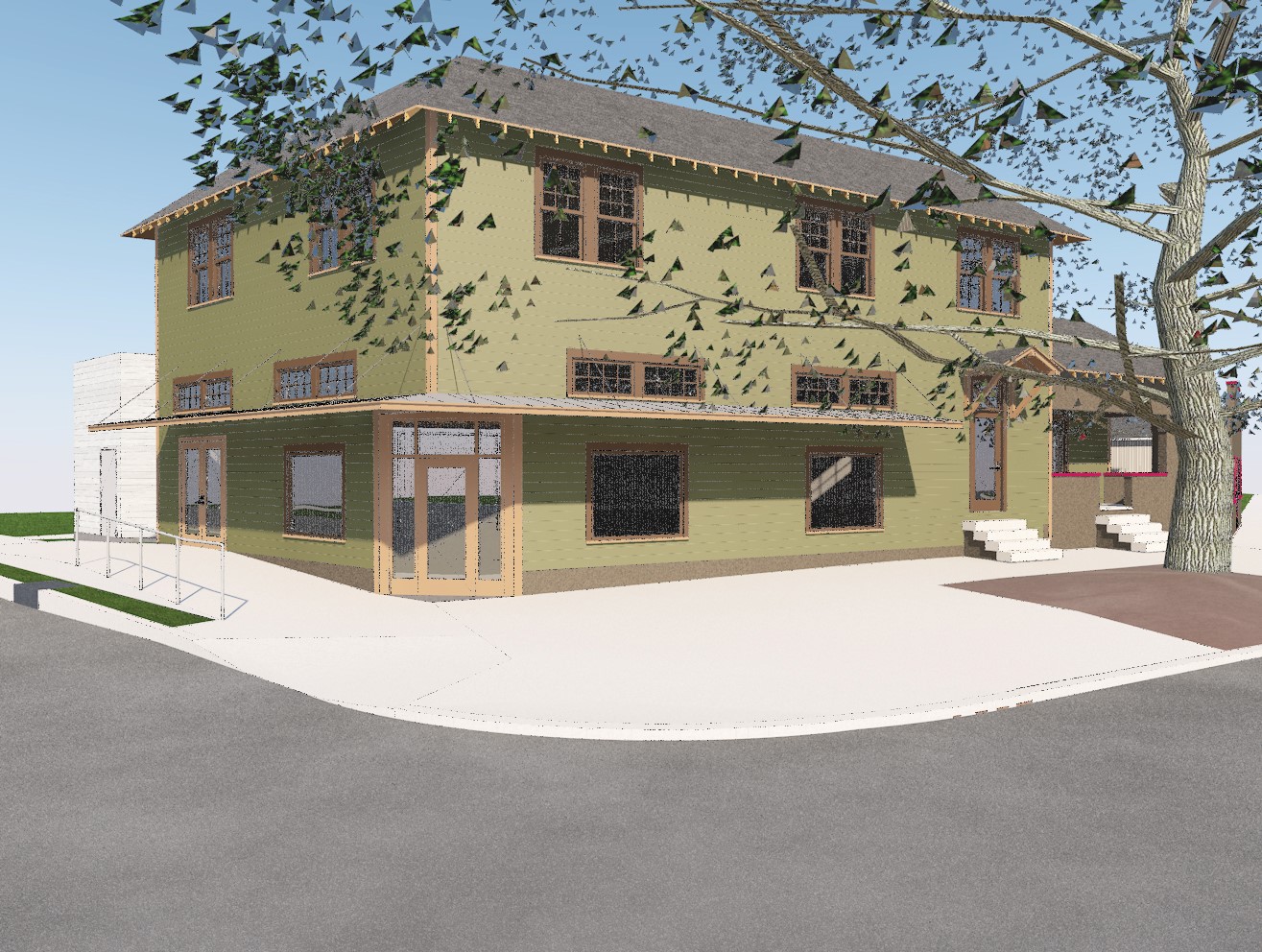
The importance of stewardship
For all the potential benefits, the redevelopment and co-ownership of brick and mortar buildings is inadequate without proactive community stewardship: intentional efforts to empower residents with information and tools to grow intergenerational wealth through higher incomes, asset appreciation, and entrepreneurship.
We recently completed the region’s first single-family CLT home community in the Lower Ninth (L9) Ward—where 90% percent of our buyers are Black, many are native to the neighborhood pre-Hurricane Katrina, and many are first-time homebuyers. The community stewardship with our future L9 buyers began long before these CLT homes were sold. Working with our partners, Home by Hand, Neighborhood Development Foundation, Capital One, HOPE Credit Union, and HomeBank, we trained prospective homebuyers on the CLT model of affordability, provided a 12-hour homebuying workshop, and direct counseling to improve credit issues. Research indicates that this third-party support and training can help residents withstand economic shock and retain homeownership.
Stewardship is also at the heart of the 1800 St. Bernard project. Vaucresson Sausage had been a robust small business before Hurricane Katrina, but when the family tried to access capital and assistance to redevelop their property in the wake of devastation, they were shut out along with many other Black businesses in the post-Katrina world. The Vaucresson’s do not need CCCLT’s help to run their sausage making business, but what we bring to the table is pre-development capital; relationships with funders, financiers, and the local real estate community; knowledge of real estate development; and help in growing their brand—with the ultimate end goal of growing intergenerational wealth. Now, Vance Vaucresson has that same knowledge, and as his partner, CCCLT will be there in the long term. Because of this partnership, 1800 St. Bernard will open in early 2022— featuring Vaucresson Café Creole and two permanently affordable apartments.
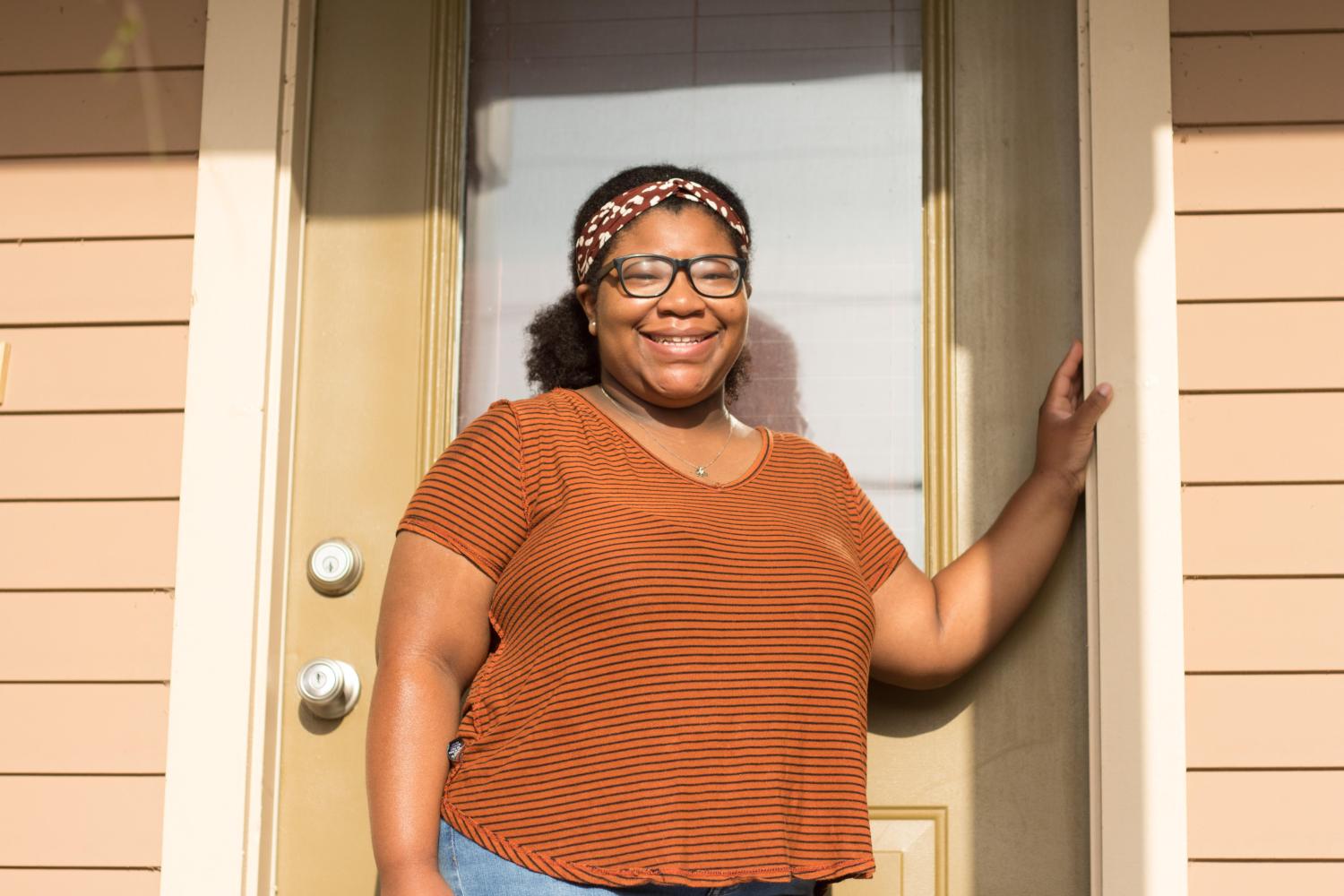
The Community Land Trust 2.0
This idea of the “CLT 2.0”—including a focus on renters and commercial spaces, not just single family homes—is gaining popularity throughout the nation. Black communities and other marginalized groups are evolving CLTs and expanding community ownership in real estate to fight structural racism and produce opportunities for wealth generation. CCCLT is proud to be part of the new movement.
You cannot pass a good time in New Orleans without serving good food—even during a pandemic. There should be no surprise about what we served at the “Rebirth of 1800 of St. Bernard”: Vaucresson hot sausage po-boys and their Creole jambalaya—the best New Orleans has to offer. But as good as our city’s cuisine is, CCCLT wants New Orleans to be known for more than just food and good times. We want to be known for how our city solves its affordable housing crisis, how we assist emerging, often under-resourced entrepreneurs of color, and how we help families and those entrepreneurs move toward generational solutions and generational wealth.
Editor’s Note: For more info on content related to Community Ownership of Real Estate, please visit our page here.

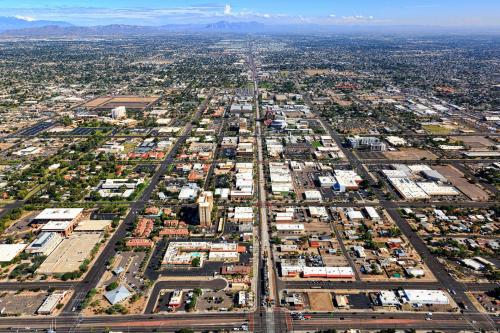
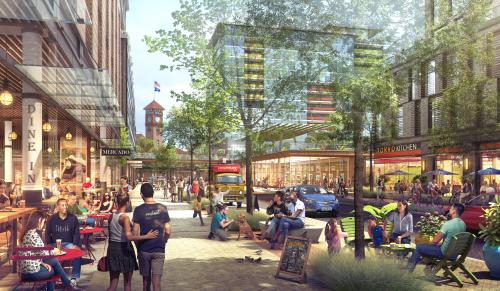
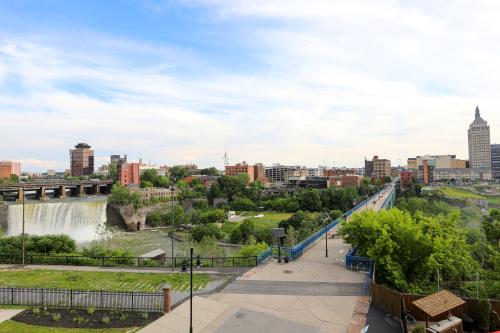
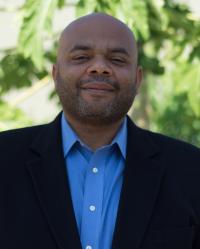

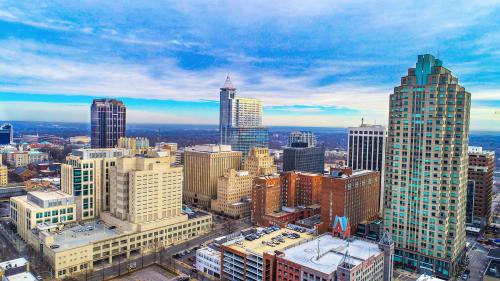
Commentary
How a New Orleans community land trust is providing permanently affordable housing and supporting Black entrepreneurs
October 22, 2021